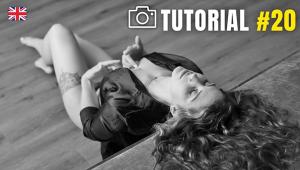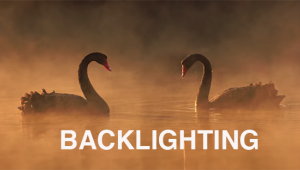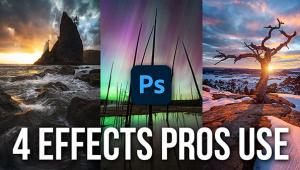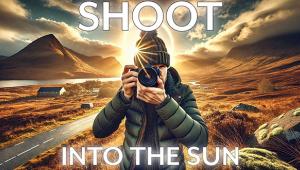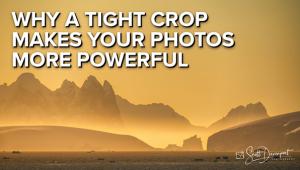Sigma’s APO 50-150mm f/2.8 EX DC HSM & 70mm f/2.8 EX DG Macro; A “Constant Aperture” Zoom And A Multi-Platform Close-Up Lens Page 2
 |
|
|
This is a multi-platform lens that's billed as an ideal choice for both
extreme close-up photography and portraits. It's particularly suitable
for portraits when used on a D-SLR with an APS-size sensor, because the effective
focal length is 105, 112, or 119mm (depending on the camera's exact sensor
size). During a wedding reception, I used the 70mm lens on a Canon EOS Digital
Rebel XTi and made many pleasing images of individual speakers at the podium
and of couples dancing. Frankly, this lens is almost "too sharp"
for portraits; for a softer, more flattering effect that some subjects will
prefer, some blurring in Photoshop may be required.
Evaluation: After reviewing my hundreds of images, I concluded that this lens
is capable of making images of stunning quality, with snappy contrast and incredible
resolution of intricate detail. What's really impressive is the consistency
of resolution at f/2.8 to f/8 in both extremely close focusing and at greater
distances. As well, by f/3.5, there's no visible "shading";
brightness is consistent across the image area. At f/11 to f/16, the most commonly
used apertures in macro photography, image quality remained excellent. And the
more extensive depth of field--the greater range of acceptably sharp focus--produced
an impression of even better sharpness throughout the image area.
 |
|
 |
|
 |
|
 |
|
|
Note: Regardless of the great potential of this macro lens,
technical proficiency is a prerequisite for sharp images at high magnification.
Even the finest lens will produce blurry pictures without professional techniques.
For the best results in "macro" photography, I used a rigid tripod
when practical. When my subject was swaying in the breeze, I always waited until
a lull in the wind or switched to a high ISO setting for fast shutter speeds.
When hand holding the Canon EOS Digital Rebel XTi for greater mobility, I used
ISO 400 or 800 for a shutter speed of 1/250 sec to minimize the risk of blurring
caused by camera shake.
Suitable for both nature photography and as a conventional short telephoto,
this multi-platform lens is an unusually fine performer, one of the best macro
lenses that I have ever tested. Quite affordable for a wide aperture macro lens
with the most advanced technology, it offers exceptional value. Aside from the
outstanding image quality, the Sigma 70mm f/2.8 EX DG Macro is mechanically
solid and likely to provide long-term reliability even during extensive field
use.
Technical Specifications |
||
 |
 |
|
| Features | Sigma APO 50-150mm f/2.8 EX DC HSM | Sigma 70mm f/2.8 EX DG Macro |
| Construction | 18 elements (including four SLD) in 14 Groups | 10 elements (including three SLD) in nine groups |
| Angle Of View | 27.9Þ - 9.5Þ | 34.3Þ |
| Angle Of View | f/22 | f/22 |
| Minimum Focusing Distance | 39.4" | 10.1" |
| Maximum Magnification | 1:5.3 | 1:1 |
| Filter Size | 67mm | 62mm |
| Notes | HSM focus motor; lens hood included; accepts 1.4x or 2x EX DG APO converter | Conventional AF only; lens hood included |
| Size/Weight | 3x5.3"; 27.2 oz | 3x3.76"; 18.5 oz |
| Available Mounts | Canon, Nikon, Sigma; compatible with all 35mm and D-SLRs of those brands | Canon, Nikon, Maxxum/Sony, Pentax, Sigma; for D-SLRs with small sensors only |
| Street Price | $699 | $449 |
For more information, contact Sigma Corporation of America, 15 Fleetwood Ct.,
Ronkonkoma, NY 11779; (800) 896-6858; www.sigma-photo.com.
A long-time "Shutterbug" contributor, stock photographer Peter K.
Burian (www.peterkburian.com)
is the author of several books, including "Mastering Digital Photography
and Imaging" as well as "Magic Lantern Guides" to the Sony
A100 and Pentax K10D. He is also a digital photography course instructor with
BetterPhoto.com.
- Log in or register to post comments


















